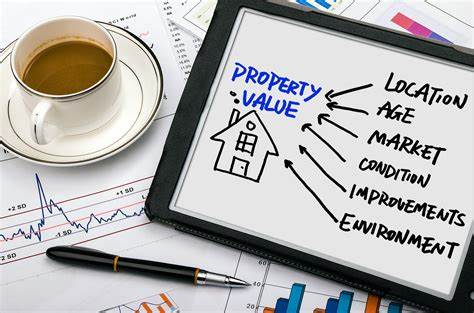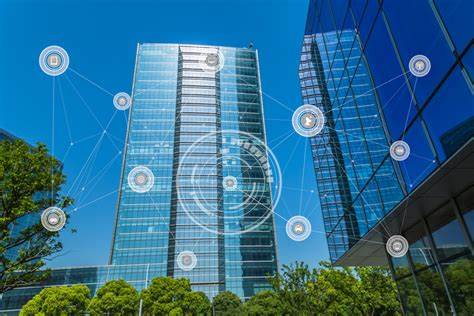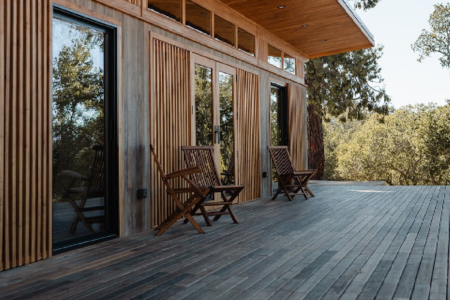
Investing in Smart Buildings: A Wise Choice for Real Estate Developers
Introduction
Investing in smart buildings has become increasingly popular in the real estate industry as developers recognize the numerous benefits that come with these technologically advanced structures. Smart buildings incorporate various technologies and systems that enhance efficiency, sustainability, and overall tenant experience. In this article, we will explore the importance of investing in smart buildings for real estate developers and discuss the key concepts, benefits, and challenges associated with these innovative structures.
Historical Background
Smart buildings have evolved significantly since their inception in the 1980s when computerized building automation systems were introduced. Initially, these systems focused primarily on energy management and control. However, advancements in technology over the years have led to the integration of various systems, such as HVAC, security, and lighting, into a centralized control platform.
One major milestone in the evolution of smart buildings was the advent of the Internet of Things (IoT). IoT refers to the network of interconnected devices that gather and exchange data. In the context of smart buildings, IoT enables seamless communication between different systems, leading to enhanced automation and efficiency.
Key Concepts and Definitions
To understand the significance of investing in smart buildings, it is essential to define the key concepts associated with them. Smart buildings are structures that utilize advanced automation and control systems to optimize energy consumption, enhance comfort, and improve overall operational efficiency. These buildings are equipped with sensors, actuators, and other devices that collect and analyze data to make informed decisions.
The Internet of Things (IoT) is a crucial component of smart buildings. It refers to the network of interconnected devices that communicate with each other and with the building management system. This connectivity allows for real-time monitoring, analysis, and control of various building systems.

Other key terms worth discussing include automation, energy efficiency, and sustainability. Automation involves the use of technology to control and operate building systems automatically. Energy efficiency focuses on reducing energy consumption without compromising comfort or functionality. Sustainability refers to practices that minimize the environmental impact of buildings, such as using renewable energy sources and implementing efficient waste management systems.
Main Discussion Points
Point: Cost Benefits of Investing in Smart Buildings
Investing in smart buildings can yield significant cost savings for real estate developers. These buildings are designed to optimize energy consumption, leading to reduced utility bills. Smart meters, for example, allow tenants to monitor and manage their energy usage, promoting energy conservation.
Additionally, smart buildings require less maintenance compared to traditional structures. The automation of systems, such as HVAC and lighting, reduces the need for manual intervention, resulting in lower maintenance costs. Furthermore, smart buildings have the potential to command higher rental rates and property values, as tenants recognize the long-term financial benefits associated with these technologically advanced structures.
Point: Enhanced Tenant Experience and Attraction
Smart buildings offer a superior tenant experience. The integration of various systems, such as access control, security, and environmental control, allows tenants to personalize their environment and enhance comfort. For example, smart thermostats enable individual temperature control in different areas of the building, ensuring optimal comfort for each tenant.
Moreover, investing in smart buildings can attract and retain high-quality tenants. Forward-thinking businesses and organizations are increasingly seeking out environmentally friendly and technologically advanced spaces. By offering smart building features, developers can differentiate their properties and appeal to these tenants, leading to higher occupancy rates and increased tenant satisfaction.
Point: Sustainable and Environmentally Friendly Practices
Investing in smart buildings aligns with sustainability goals and promotes environmentally friendly practices. These buildings leverage energy management systems to optimize energy consumption and reduce waste. Additionally, the integration of renewable energy sources, such as solar panels, further reduces the reliance on fossil fuels.

Smart buildings contribute to reducing greenhouse gas emissions and mitigating climate change. The efficient use of resources and the implementation of green technologies result in a smaller carbon footprint compared to traditional buildings. Real estate developers can take pride in being part of the solution to climate change while also benefiting from the positive reputation associated with sustainable practices.
Case Studies or Examples
Real-world examples of successful smart building investments abound. One such example is The Edge, a smart building in Amsterdam. This building incorporates various technologies, including smart lighting, occupancy sensors, and a centralized control system. The Edge has achieved exceptional energy efficiency, reducing energy consumption by 70% compared to traditional buildings.
Another noteworthy example is the Salesforce Tower in San Francisco. This skyscraper boasts advanced features such as smart lighting, optimized HVAC systems, and real-time energy monitoring. The building has achieved LEED Platinum certification, showcasing its commitment to sustainability and energy efficiency.
Current Trends or Developments
The adoption of smart building technologies is on the rise among real estate developers. As technology continues to advance, the cost of implementing these systems decreases, making them more accessible to developers of all sizes. Additionally, research and development in the field of smart buildings are driving innovation, leading to new and improved technologies that further enhance the efficiency and sustainability of these structures.
Challenges or Controversies
While investing in smart buildings presents numerous benefits, there are also challenges that real estate developers may face. One challenge is the initial cost of implementing smart technologies, which can be higher compared to traditional building systems. However, it is important to consider the long-term return on investment and the potential cost savings associated with reduced energy consumption and maintenance.

Another challenge lies in the complexity of integrating various systems and technologies. Developers must ensure compatibility and seamless communication between different components to achieve optimal performance. Additionally, data security and privacy concerns may arise when dealing with interconnected systems and sensitive tenant information.
Future Outlook
The future of investing in smart buildings looks promising. As technology continues to evolve, we can expect advancements in automation, artificial intelligence, and data analytics, further enhancing the efficiency and functionality of smart buildings. The integration of smart grid technologies and the continued growth of renewable energy sources will contribute to the sustainability and environmental friendliness of these structures.
Conclusion
Investing in smart buildings is a wise choice for real estate developers looking to optimize efficiency, reduce costs, and attract high-quality tenants. These technologically advanced structures offer cost savings, improved tenant experience, and contribute to sustainability goals. By staying abreast of current trends and innovations, real estate developers can position themselves at the forefront of this exciting field and reap the long-term rewards.
References
Smith, K. (2020). The Business Case for Smart Buildings. Harvard Business Review.
Shin, D. (2019). Smart Buildings: A Comprehensive Guide. Routledge.
Edge Technologies. (n.d.). The Edge: The World’s Most Sustainable Office Building. Retrieved from https://www.edgenetherlands.nl/




